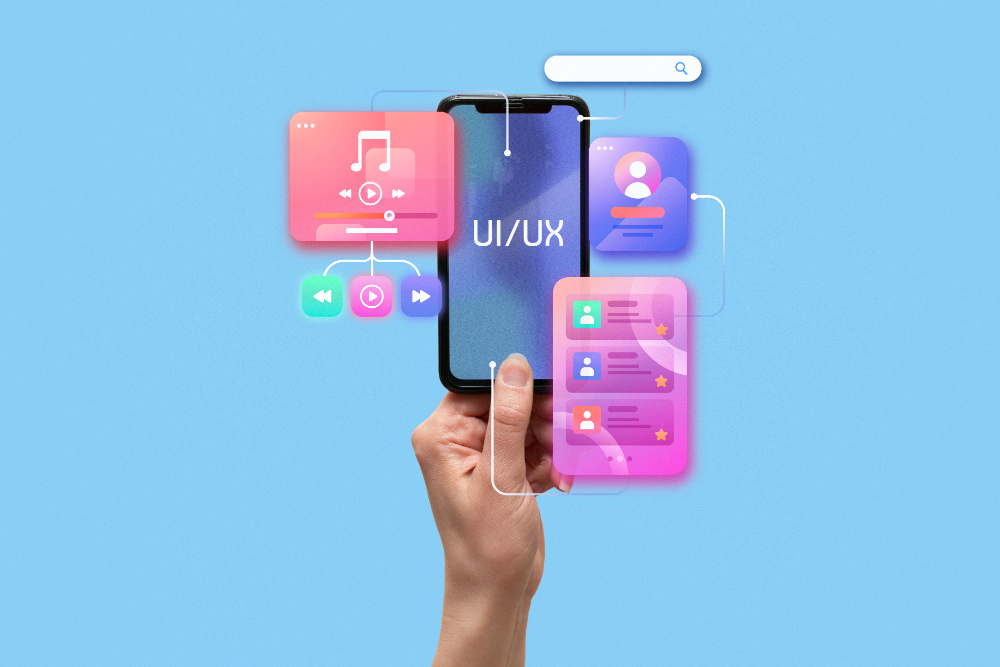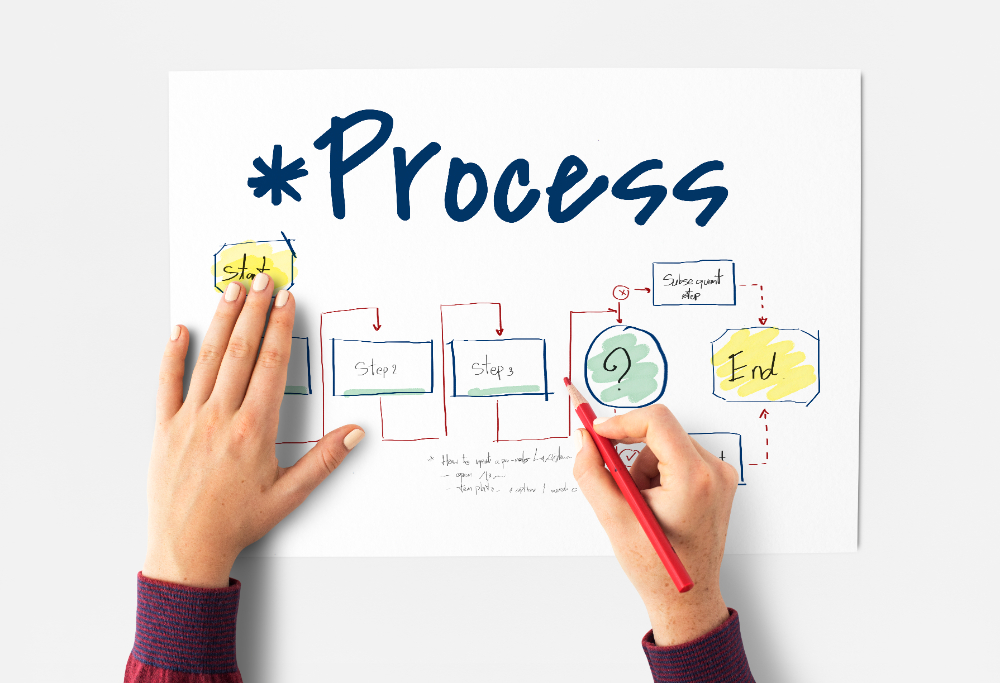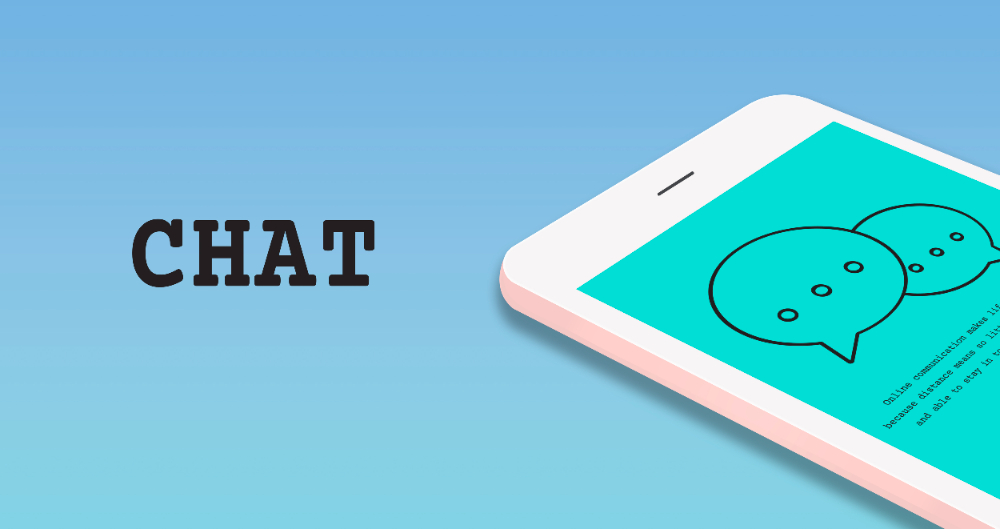- OpenAI contains various APIs of pre-trained models such as DALL-E, ChatGPT, Whisper, Codex, and many more.
- They are easy to access and perform various content creation tasks.
- The platform has various documentation and examples that can help you to understand it and use it with ease.
- You can customize and integrate different APIs into your business for various purposes.
- You can create images, social media posts, codes, chatbots, and blogs through various APIs of OpenAI.
- OpenAI is not available in the Chrome extension form.
- This platform doesn't have any free version.
- The paid version might be expensive for a lot of individuals.
- Textero Is Textero the Best AI Essay Writing Tool for Everyone?
- Anakin Unlocking the Power of AI: Creating Apps Without Code
- Learnt Learnt AI Review- Create Courses and Projects Within Seconds!
- TimeMaster Review of Best Free AI Focus and Productivity Tool- timeMaster
- StoryWizard Unlock Student’s English Literacy Skills: Personalized Activities and Self-Directed Learning with StoryWizard
- Gemini What is Google Gemini AI? Everything You Should Know!
- Browse.ai Browse AI: Scraping Data from Websites Without Coding!
- Coda Coda AI: Brainstorm, Create, Summarize – Work Smarter with AI Assistance
- Questgen Questgen Review 2024- Overview, Features and More
- Landingsite The AI Era in Website Creation: Ease and Customization Within Everyone’s Reach
- Pop AI How to Enhance Your Personal Workspace with Pop AI? 2024 Review
- Chatbase What Can Chatbase Do for You? Explore the Future of Chatbot Technology!
- Morgen What is the Morgen Calendar? Everything You Need to Know!
- Formative AI Formative AI: Generate Engaging Educational Materials in Seconds – Automate Lesson Planning & Save Time
- Themisgif Immortalize the Moment : How to Turn Your Events into Unique Digital Memories
- Typedesk Transform Your Messages with Typedesk: Say Goodbye to Repetitive Typing
- ChatGPT ChatGPT: Your AI Chat Partner – Talk, Ask, Create Anything in Human Language
- Floutwork Focus Like Never Before: Deep Work Secrets with Floutwork’s Productivity OS
- Motion Calendar Never Miss a Deadline Again With This Tool’s Predictive Alerts
- Codeium Codeium Tool: AI Tool For Mobile and Web Developers!
- GetZing More Than Just a To-Do List: GetZing Empowers You to Build Lasting Habits & Live Your Best Life
- Jasper Jasper AI Tool Review 2024- Write Every Kind of Content
- Focusmate Find Your Focus with Focusmate: Virtual Coworking for Goal-Getters
- Slack What is Slack and How to Use it? Review of 2025!
- RayCast RayCast Review 2024- SuperCharge Your Productivity with this LMS
- ResearchBuddy From research to writing: What AI tools to use for academic work?
- CastMagic Turn Conversations Into Content with CastMagic
- WizAI How to Integrate ChatGPT With Your WhatsApp or Instagram?
- Book Creator Promoting Literacy with Book Creator: Content Creation Made Easy for Students and Teachers
- Magic Flow Best AI Focus App To Enhance Productivity- Magic Flow AI
- InterviewBot InterviewBot AI: Prepare for Interviews with the help of AI!
- TeamSmart AI TeamSmart AI- Best ChatGPT Chrome Extension to Access AI Assistants
- Vondy AI How can AI Boost Your Creativity and Productivity Life?
- Caktus AI Top 40 AI Tools on Caktus.AI to Boost Your Academic Performance
- Monday.com Monday.com- Work Management App
- Tabhub 9 Essential Strategies for Effective Browser Tab Management
- Atlassian Atlassian AI Tool Review- What is it and How to Use it?
- Itemery How can AI be used for Office Inventory Management?
- Experai Serious About AI Engagement? Dive into Experaicom’s Knowledge-Sharing Ecosystem!
- Thinkforce AI Thinkforce AI Tool Review – All-In-One AI Chatbot for Everyone!
- ConceptMaps AI ConceptMap.AI: The Ultimate Tool for Visualizing Complex Ideas
- Albus Can AI Be Your Creative Muse? Meet Albus and Discover Infinite Possibilities!
- Ioni How to Enhance Your Customer Support Service in 2024?
Table of Contents
- What is OpenAI API?
- Beginner Tutorial Guide to OpenAI API
- Create an OpenAI Account
- Generate the OpenAI API Key
- Make the Request
- What are the Types of OpenAI API Models?
- GPT-3 API
- GPT-4 API
- Codex
- Whisper
- DALL-E
- Embeddings
- Key Features of OpenAI API
- Industry Use Cases of OpenAI API
- Chatbot and Virtual Assistants
- Image Recognition
- Image Generation
- Gaming and Reinforcement Learning
- OpenAI API Frequently Asked Questions
With the recent surge in artificial intelligence, we all are using ChatGPT for different purposes. Because it provides a lot of benefits to individuals, students, freelancers, and entrepreneurs. That's why, a lot of businesses and non-tech sectors wanted to create the same kind of chatbot for their industry.
If you also want this, you should know about OpenAI API, the company behind building and operating ChatGPT. It is the largest AI lab on the planet. This San Francisco-based company has released an API that can do almost all the virtual tasks you can imagine, even complete your dream of having a ChatGPT chatbot for your industry.
For this, you all should know the basics of this API. In this blog, we are going to discuss all the essential information related to OpenAI API that every person should know.
What is OpenAI API?
OpenAI API (Application Programming Interface) is a cloud platform hosted by Microsoft. This API can merge your platform or task with OpenAI's pre-made models such as Dall-E, Whisper, GPT-4, and others. You can add AI state-of-the-art technology to any virtual tasks available in the English language. This API can process all the tasks that include programming language, whether it is content creation, research, or creating any chatbot. Just like Albus, it is also your one-in-all content creation tool.
This API is a bridge for you to access the AI models of OpenAI company. You can integrate these models into your tasks by providing prompts and examples, and API will provide you with results. In this, you don't need to learn the nitty gritty details of AI models.
Beginner Tutorial Guide to OpenAI API
How to get OpenAI API? If this question is in your mind, you should go through this tutorial. It will give you a brief guide to OpenAI API, and you can further navigate from it.
Create an OpenAI Account
The first thing you need to do is to create your OpenAI account. For this, you need to go to their platform and it will give you a guide on how to sign up. Follow the steps and you will have your account.
Generate the OpenAI API Key
The next thing you need is your OpenAI API key. For this, click on your account bubble that is near the top right of the page, and select “View API keys” from the drop-down menu.
You will be on a new page. On this page, click on “Create new secret key”, and generate a new API key. Give the name to this key and it will give you a new string of numbers and characters.
You have to keep this key safe. Don't show it to anyone as they can access your account and exploit it. You will be unable to see your key on the account after it so copy the key and save it in your notes. In case you lose the key, you can generate a new one, too, through the same method.
Make the Request
Now, you can choose any API model from the interface you want to use. Open it, and make an authorization request to access it. For this, you need to create the request on the authorization tab by inserting your API. Once you get the token, you can use the platform.
What are the Types of OpenAI API Models?
There are various pre-trained models of OpenAI that you can use. These machine-learning models are trained on a huge dataset that can be used in any general or specific task. From the huge list of API models, we are going to discuss a few famous ones.
GPT-3 API
GPT versions are natural language processing-based models that can comprehend any prompt and generate text or code. They are highly trained in a host of text-related generations and can be used for copywriting, summarizing, classification, translation, and analyzing unstructured data. It contains models such as Babbage, Ada, Davinci, and Curie.
GPT-4 API
GPT-4 is the enhanced version of the GPT-3 model. It is so good that it is going to replace Codex and GPT-3 soon. This API does the same task that GPT-3 can do but in a better way. It can analyze bulk data and provide you with in-depth summaries and answers.
Codex
Codex is the API that can convert your text, information, and comments into different kinds of codes. It uses various programming languages such as JavaScript, PHP, Perl, Swift, SQL, Typescript, and many more. You can edit or rewrite code, too, for better performance. There are two types of Codex models, code-Davinci 002 and code-Cushman 001.
Whisper
Whisper is a speech recognition system that can convert your audio into text or speech. It can record your real-time voice and convert it into subtitles and text. It can perform other tasks too, such as multilingual transcription, speech translation, and language detection. It can transcribe 99 languages and can convert them into English. It is a voice assistant, translator, and chatbot. It can help you to take notes during meetings, and you can integrate it into your applications if you have Python language knowledge.
DALL-E
The name Dall-E is the blend of Spanish artist Salvador Delli and the Disney Wall-E movie. It is the generative AI technology that can create high-resolution images with text. It uses a natural language processing model to understand language prompts and convert them into images.
Embeddings
Embeddings are actually a selection of different models that can convert text into numerical forms. You can compare the relationship between two pieces of text. So, these models are useful for text searching, anomaly detection, classification, and sentiments. There are two versions of Embeddings: the first model and a newer version. You should use the new version because it is cheap and provides better results than the first model.
Key Features of OpenAI API
Pre-trained models: Whisper, DALL-E, Codex, and many other pre-trained models are expensive for individuals. Because they are trained on a vast database and require time and effort to maintain them. But, OpenAI has made it easy for us to access them within an affordable range in the form of APIs.
Simple API Interface: OpenAI’s interface is intuitive and simple for beginners. It has provided various documentation and start examples that resolve deep learning curve issues.
Customizable: The APIs are customizable. It means you can insert your business data into the pre-trained models, and further train them according to your business data. In this way, you can customize them.
Industry Use Cases of OpenAI API
There are various ways through which you can use OpenAI API for your freelance projects, business plans or to fulfill different educational purposes. Some common use cases are discussed here:
Chatbot and Virtual Assistants
You can utilize OpenAI API, ChatGPT, and GPT-4 to create chatbots. These APIs can understand human text and can generate a human-like response. So, you can create your virtual assistants and chatbots for customer support through these APIs. Codex can help you to generate code to integrate them into your website.
Image Recognition
Various fields, such as healthcare, need imaging data to identify the medical conditions of patients. In this regard, OpenAI’s CLIP API model can help. This model can learn visual concepts through natural language processing and could be used for image classification, object detection, and many more.
Image Generation
OpenAI API uses the DALL-E model to generate different types of images from the prompt. It works just like Midjourney or Canva. These AI-generated images could be used for social media marketing and graphic designing.
Gaming and Reinforcement Learning
OpenAI’s different APIs are linked to games and reinforcement learning. These models are trained to interact with gaming environments or could assist players in the gameplay. Dactyl and OpenAI Five could do these things.
OpenAI API Frequently Asked Questions
Can I use the OpenAI API for Free?
No, there is no free version of OpenAI. In the past, API used to give free trial credits but it has finished this facility for new accounts. So, even if the documentation says that OpenAI has a free trial, it does not apply to new accounts.
What language does OpenAI use?
OpenAI API uses different kinds of programming languages, such as C++, JavaScript, Python, Go, Java, and many more.
Can I make money using OpenAI API?
You can create chatbots, websites, codes, images, articles, and social media posts from OpenAI API. Then, you can sell them to earn money. Or, you can give freelance services related to these aspects to win clients and start your service business.

































Comments are closed.